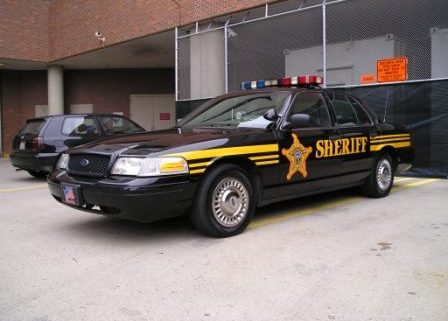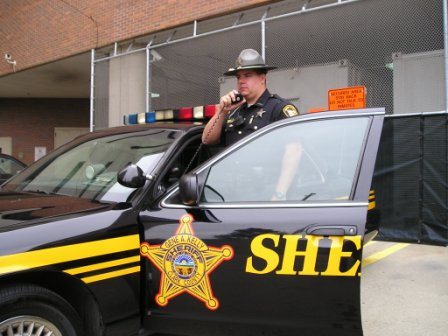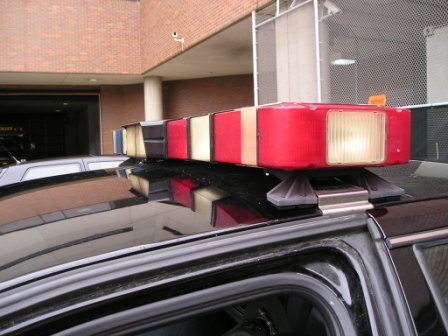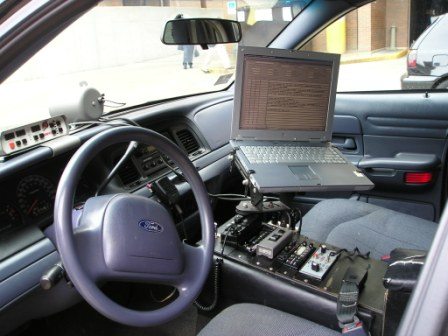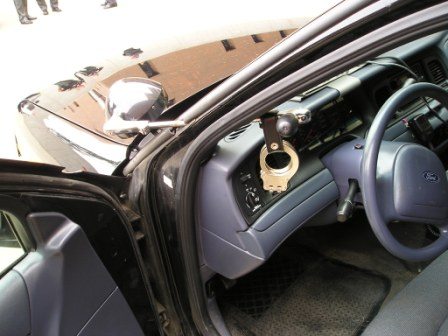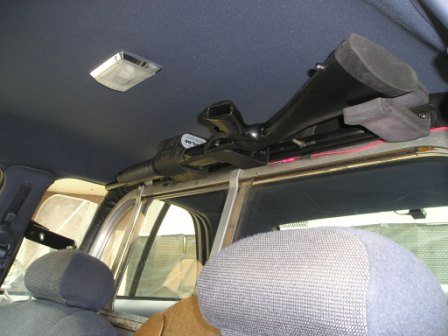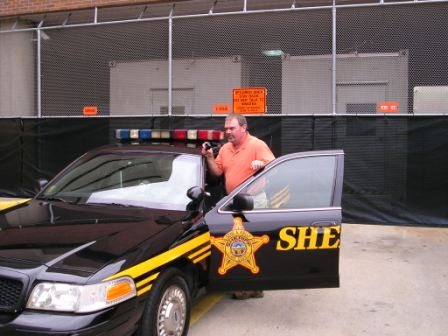A Deputy’s Take-Home Patrol Car: An Inside View
In addition to pistols, handcuffs, pepperspray, and flashlights, deputy sheriffs who work patrol duty are normally assigned a take-home car as part of their standard equipment.
Deputies are allowed to park the cars at home because the areas they’re sworn to protect are vast, unlike city and town police departments, and they’re often called into service at odd hours and even during their days off. Therefore, it’s to everyone’s advantage for the deputies to have their rolling offices at their immediate disposal—response times to emergency calls are faster and the high visibility of patrol cars in the community serves to deter crime.
And, believe it or not, officers take better care of a vehicle if they alone are responsible for its upkeep, which translates into department budget savings.
A deputy’s car is normally marked with the logo and lettering of their department, which also includes the listing of the sheriff’s name. In the photo above, the star on the car door indicates it’s from the office of Clark County, Ohio sheriff Gene Kelly.
*Sheriff’s are elected officials who appoint deputies to assist in carrying out the duties of their office.
The light bar on the vehicle’s top features white takedown lights (front), and side alley lights. These lights are merely white spotlights that’re used to illuminate specific items, or people, during traffic stops and other situations. The bar is also equipped with red and/or blue emergency lights. Some light bars are equipped with speakers for the siren (most siren horns are mounted in the front grill). Other light bars contain hidden radar antennas. The positioning and style of light bars depend on the individual department policies.
The trunk of a patrol car is for the storage of evidence collection material, a defibrillator (not all departments issue defibrillators), extra ammunition, rain gear, flares, emergency signage, accident investigation equipment, extra paperwork, riot gear, etc. Again, department regulations may determine the contents of the trunk.
Mobile Date Terminal (MDT), and various controls for radar, siren, lights, radios, etc. The device on the dash (left) is the radar unit. The round, cylindrical object to the unit’s right is the radar antenna.
The spotlight is controlled by an arm that extends from the outside, through the “A” post, to a rotating handle and on/off switch. Many officers (me included) hang an extra set of cuffs on the spotlight handle for quick access during emergency situations.
Shotguns are mounted in various places inside patrol cars. Sheriff Kelly’s department has chosen to mount theirs above the Plexiglass partition between the front and rear seats.
A Plexiglass screen separates the driver’s compartment from the rear seat area. The glass in these dividers is not bulletproof. However, last week in Savannah, Ga., someone shot at a police car during a pursuit and the bullet lodged in the Plexiglass directly behind the officer, saving his life.
A microphone allows the deputy/detective/supervisor to relay commands through a built-in public address (PA) system.
Once at the sheriff’s office, or annex as in the image above, deputies attend roll call to receive their daily assignments and updates on the current status of “the streets” as reported by the previous shift.
*I had the pleasure of spending a few days at the Clark County, Ohio Sheriff’s Office while conducting research for a book. It took me all of one minute to discover that Sheriff Gene Kelly’s department is second to none. Thanks to you all for your dedication to a job you do so well.

